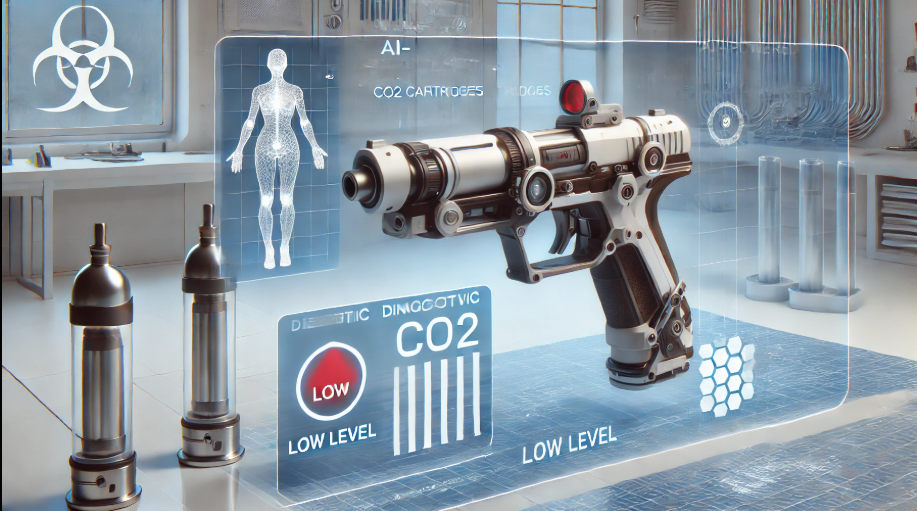How to clean rust off cast iron is an essential skill for maintaining your beloved cookware. Rust can detract from both the appearance and performance of your cast iron items. Fortunately, with the right techniques and tools, you can effectively remove rust and restore your cookware to its original state. This guide will walk you through the steps to achieve a smooth, seasoned surface.
Rust on cast iron can be a frustrating problem for many homeowners and cooking enthusiasts. This unsightly and potentially damaging issue not only affects the appearance of beloved cookware but can also impact its performance and longevity. Fortunately, learning how to clean rust off cast iron is a valuable skill that can save time, money, and cherished kitchen items.
This guide will walk readers through the process of assessing rust damage, preparing for the cleaning process, and removing rust step by step. By following these instructions, individuals can restore their cast iron pieces to their former glory, ensuring they continue to serve as reliable cooking companions for years to come. Whether dealing with a lightly rusted skillet or a heavily corroded Dutch oven, this comprehensive approach will provide the knowledge and techniques needed to tackle rust on cast iron effectively.
Assessing the Rust Damage
Types of Rust on Cast Iron
Rust on cast iron cookware can appear in various forms. Surface rust is the most common type, often appearing as a reddish-brown discoloration. This type of rust is usually easy to remove. Heat damage, which can be mistaken for rust, presents as an irreversible reddish color on the pan’s surface.
Determining Severity
The severity of rust damage can range from light surface rust to deep pitting. Surface rust is generally manageable and can be removed with some effort. However, deep pits and irregularities in the surface indicate more severe damage. Pitting, while not always a deal-breaker, can make it challenging to achieve an even layer of seasoning.
When to Restore vs. Replace
For lightly rusted pans, restoration is often possible with proper cleaning and re-seasoning. However, if the rust has caused deep pits or significant irregularities in the surface, it might be time to consider replacement. Cast iron cookware that has been severely neglected or exposed to harsh elements for extended periods may be beyond salvage.
-
How to Clean Rust Off Cast Iron: Preparation and Safety Measures
Gathering Necessary Materials
To clean rust off cast iron, one needs to gather essential items. These include a stiff brush or steel wool for scrubbing, baking soda to create a cleaning paste, and vegetable oil or melted shortening for seasoning. Additionally, having a soft washcloth, paper towels, and a flat metal spatula can be helpful.
Creating a Workspace
It’s crucial to set up a suitable workspace. This involves ensuring proper ventilation and having access to hot water. For outdoor work, using an enclosed van or weather-resistant storage containers can help keep tools dry. Having a sink nearby for drainage is beneficial when using a dehumidifier.
Protective Equipment
Safety is paramount when cleaning rust. Wearing gloves protects hands from harsh cleaning agents and rust particles. Eye protection is advisable to guard against potential splashes. When using power tools like angle grinders, additional protective gear may be necessary to ensure safety throughout the rust removal process.
How to Clean Rust Off Cast Iron: Step-by-Step Rust Removal Process
Scrubbing Method
- Use steel wool or a stiff brush to remove loose rust.
- For minor surface rust, rub about 1/3 cup kosher salt into the pan’s surface.
- If necessary, wash with mild dish soap and warm water.
- Dry thoroughly with a paper towel or lint-free cloth.
Vinegar Soak Technique
- Create a 1:1 solution of distilled white vinegar and warm water.
- Submerge the rusty pan completely in the solution.
- Check every 15-30 minutes until rust flakes off easily.
- Caution: Do not soak for more than 8 hours; less than 2 hours is ideal.
Salt and Potato Method
- Coat the pan with coarse salt.
- Cut a potato in half and use it as a scrubber.
- Scrub in a circular motion, utilizing the potato’s natural oxalic acid to dissolve rust.
- Rinse with water and dry thoroughly.
How to Clean Rust Off Cast Iron: Seasoning After Cleaning
- Preheat oven to 425-500°F.
- Apply a thin layer of oil to the entire pan.
- Place pan upside down in the oven with a drip tray underneath.
- Bake for 1 hour, then let cool in the oven.
- Repeat process if needed for a shiny, non-stick finish.
Conclusion
Restoring rusty cast iron cookware is a manageable task that can breathe new life into cherished kitchen items. By following the steps outlined in this guide, from assessing the damage to the final seasoning process, you can transform corroded pans into reliable cooking companions. This approach not only saves money but also preserves the unique qualities that make cast iron cookware so valued among cooking enthusiasts.
The key to success lies in choosing the right method for your specific rust situation and exercising patience throughout the process. Remember that proper care and maintenance after restoration are crucial to keep your cast iron in top condition. With these techniques in your arsenal, you’re well-equipped to tackle rust and enjoy the benefits of well-maintained cast iron cookware for years to come.
Also Read : how to get blood out of carpet




